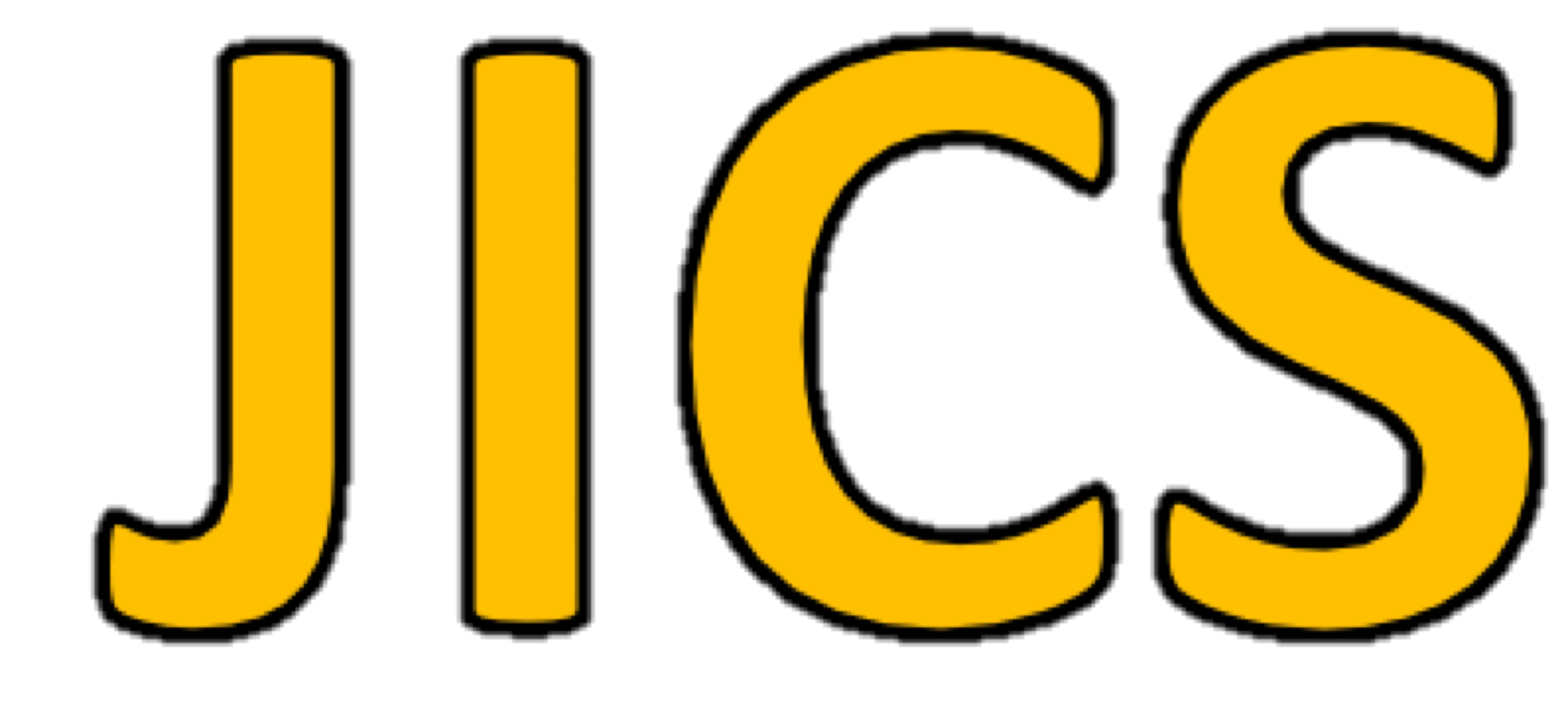Implementation of an Environmental Monitoring System based on LoRa for Smart Field Irrigation
Byungsoon Kim, Journal of Internet Computing and Services, Vol. 20, No. 1, pp. 11-16, Feb. 2019
Keywords: wireless network, environmental monitoring, precision agriculture, weather forecast acquisition
Abstract
Statistics
Show / Hide Statistics
Statistics (Cumulative Counts from November 1st, 2017)
Multiple requests among the same browser session are counted as one view.
If you mouse over a chart, the values of data points will be shown.
Statistics (Cumulative Counts from November 1st, 2017)
Multiple requests among the same browser session are counted as one view.
If you mouse over a chart, the values of data points will be shown.
|
|
Cite this article
[APA Style]
Kim, B. (2019). Implementation of an Environmental Monitoring System based on LoRa for Smart Field Irrigation. Journal of Internet Computing and Services, 20(1), 11-16. DOI: 10.7472/jksii.2019.20.1.11.
[IEEE Style]
B. Kim, "Implementation of an Environmental Monitoring System based on LoRa for Smart Field Irrigation," Journal of Internet Computing and Services, vol. 20, no. 1, pp. 11-16, 2019. DOI: 10.7472/jksii.2019.20.1.11.
[ACM Style]
Byungsoon Kim. 2019. Implementation of an Environmental Monitoring System based on LoRa for Smart Field Irrigation. Journal of Internet Computing and Services, 20, 1, (2019), 11-16. DOI: 10.7472/jksii.2019.20.1.11.

